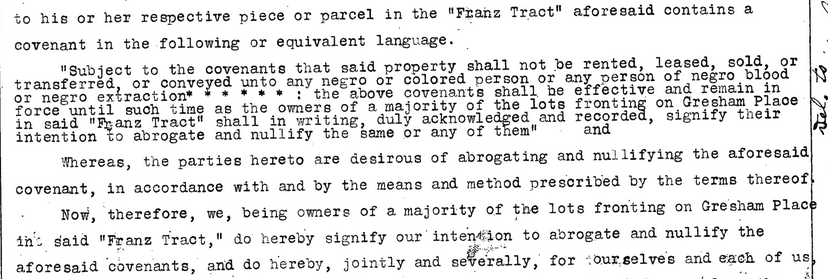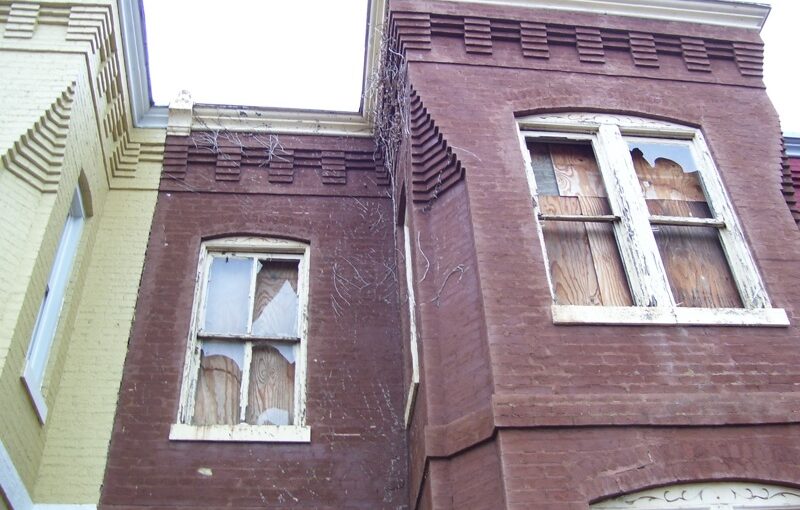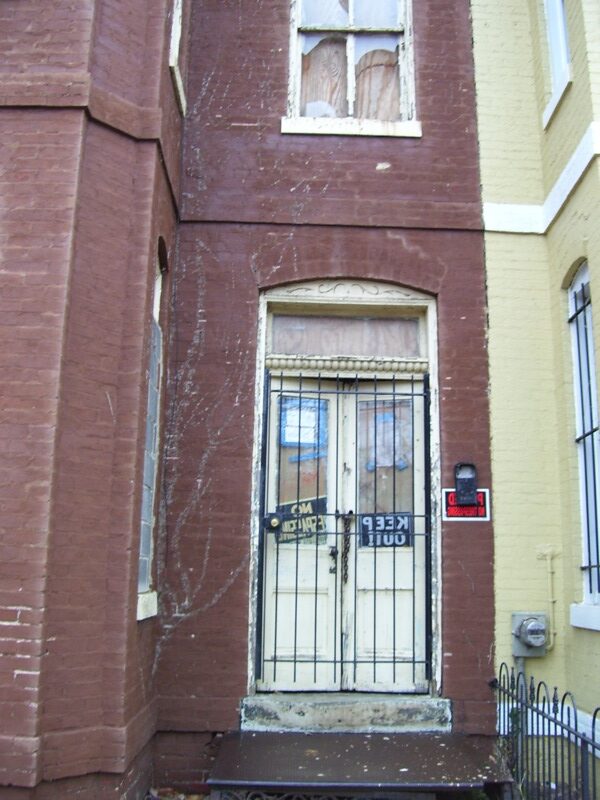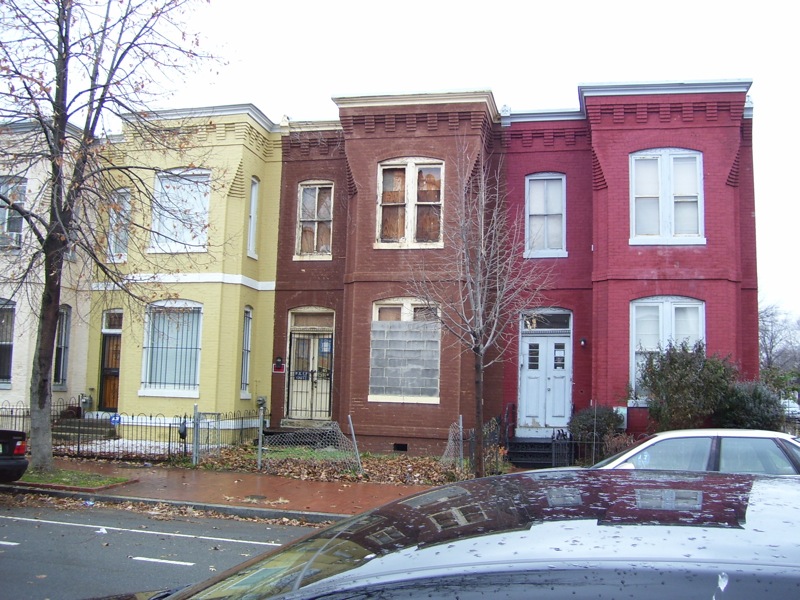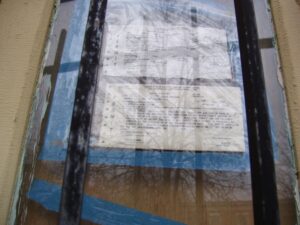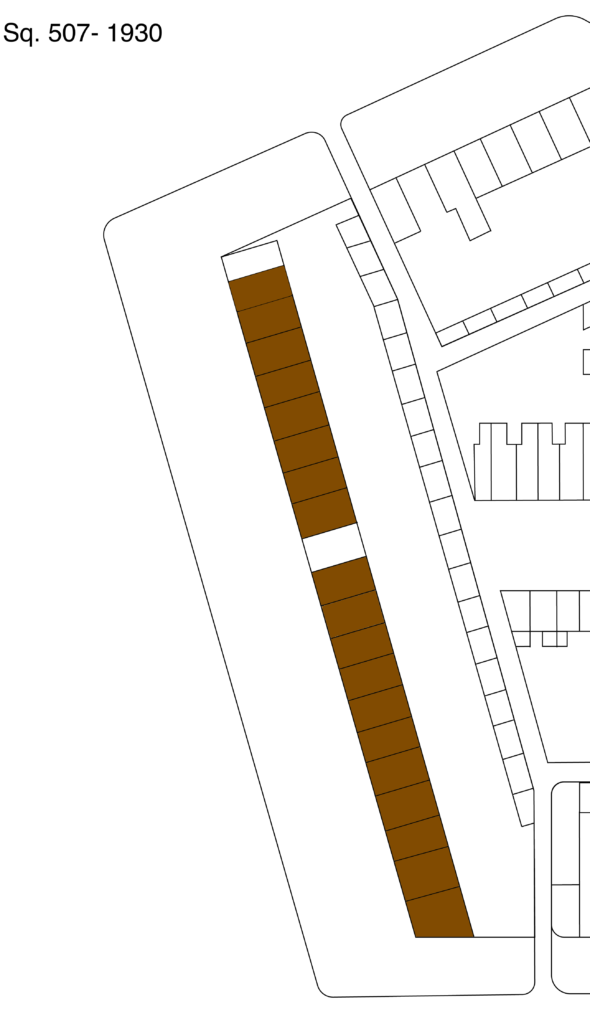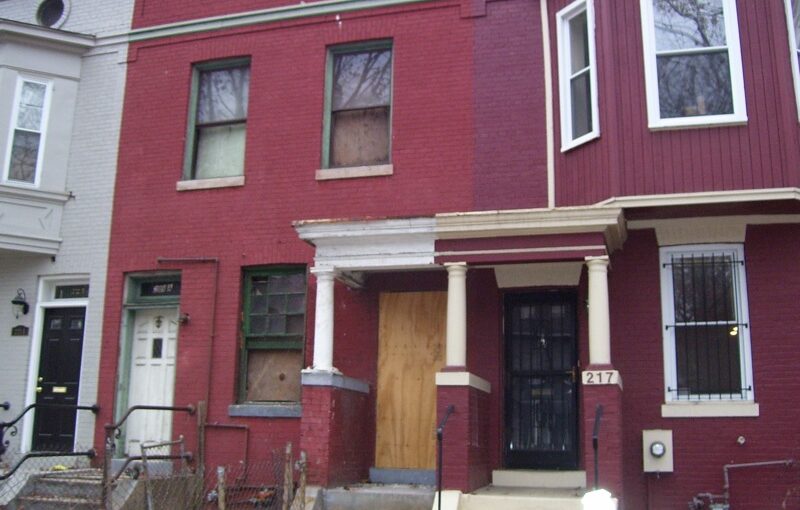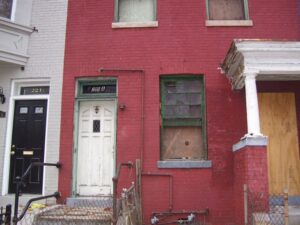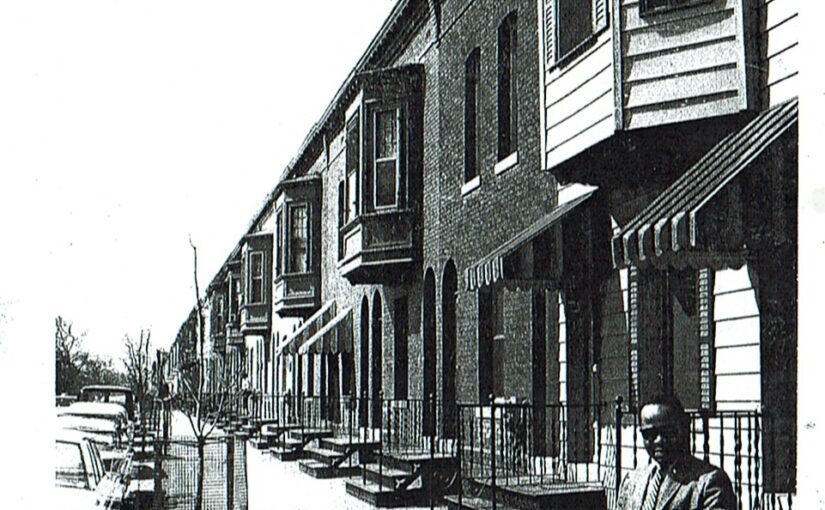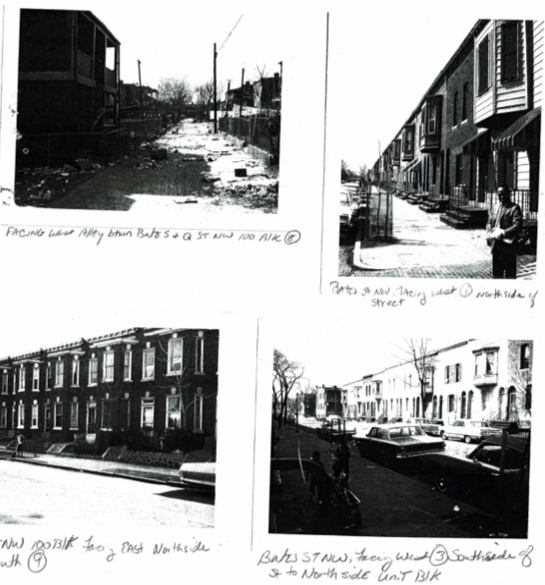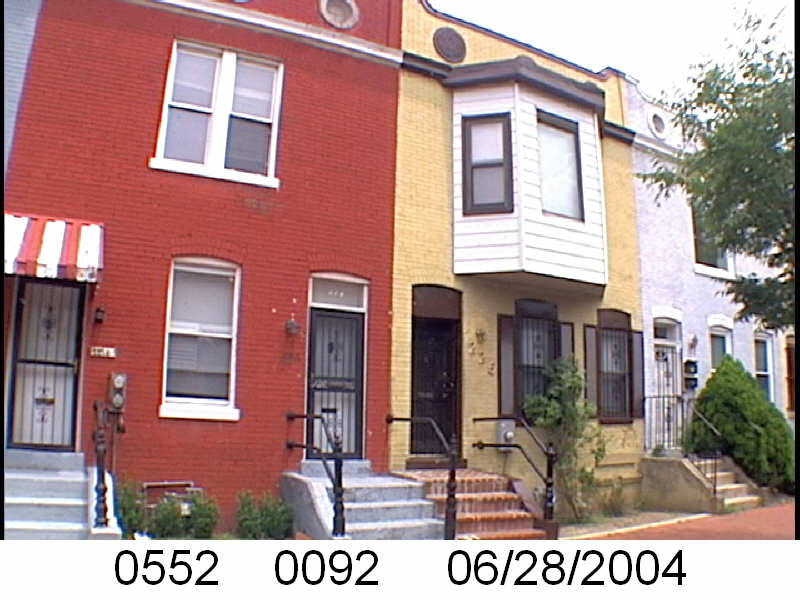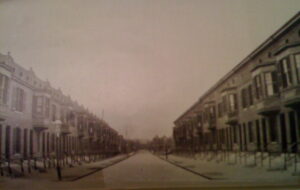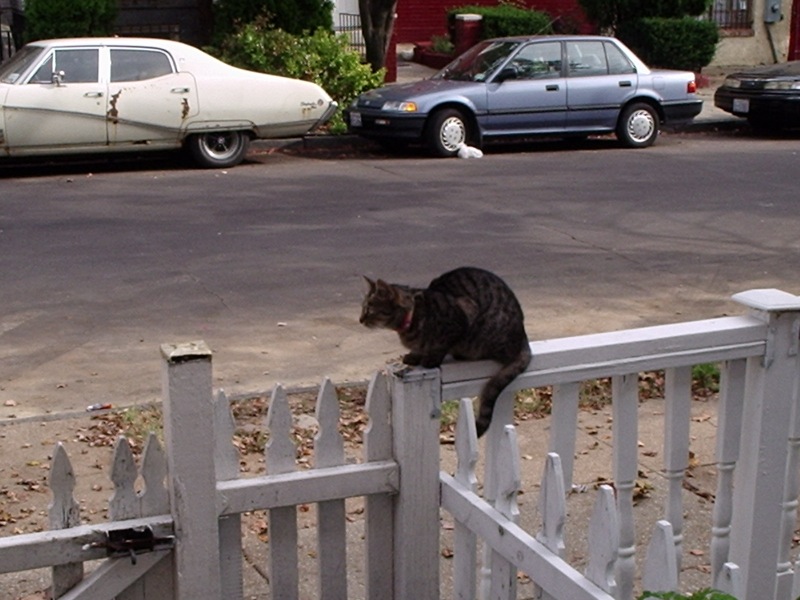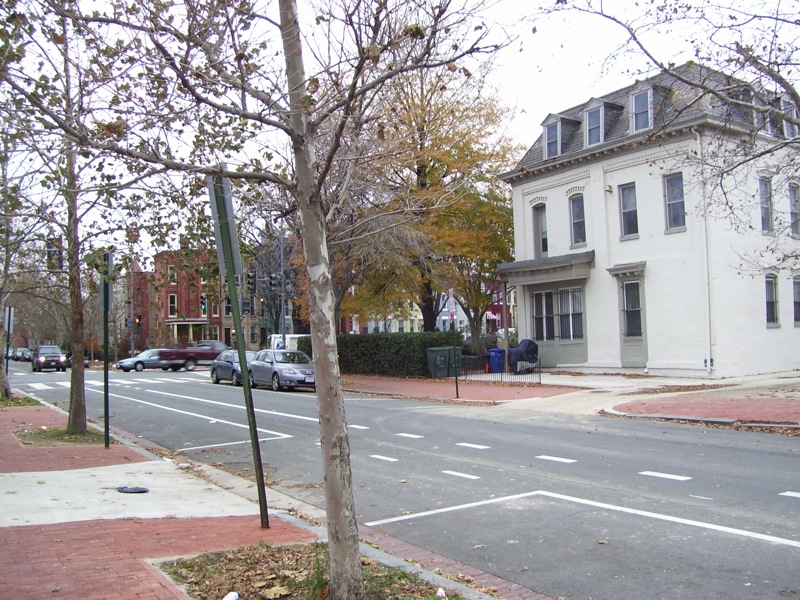The Washington Sanitary Improvement Company (WSIC) was a late 19th century charitable capitalism experiment that ended in the 1950s. This blog started looking at the homes that were supposed to be sold to African American home buyers, after decades of mainly renting to white tenants.
Looking at WSIC properties they tend to have a pattern where the properties were sold to a three business partners, Nathaniel J. Taube, Nathan Levin and James B. Evans as the Colonial Investment Co. for $3 million dollars. Those partners sold to African American buyers. There was usually a foreclosure. Then the property wound up in the hands of George Basiliko and or the DC Redevelopment Land Agency (RLA). Then there were the odd lucky ones who managed to avoid that fate.
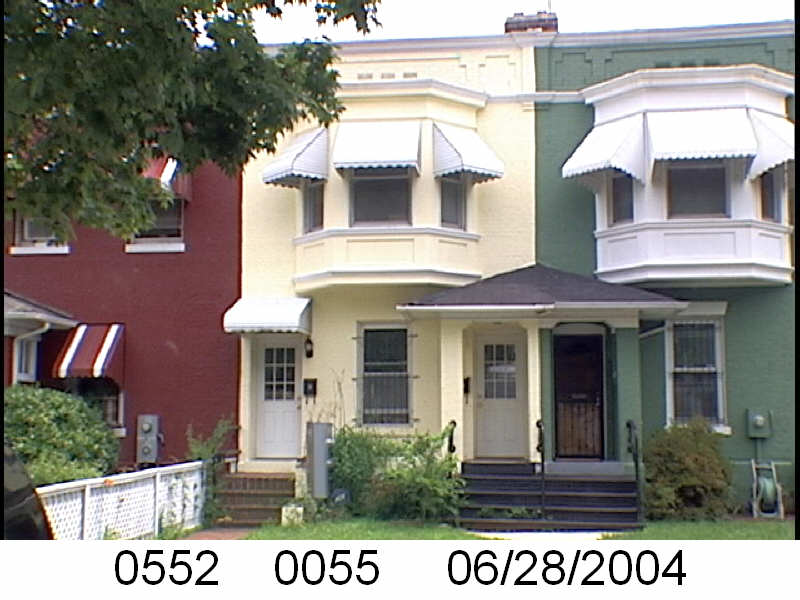
Let’s see what happens with 1541 3rd St NW:
- January 1951 Evans, Levin and Taube sold one-half of 1541 3rd St NW to Essie G. and James W. Balthrop.
- January 1951 the Balthrops borrowed $3,375 from Colonial Investment Co. favorite trustees Abraham H. Levin and Robert G. Weightman.
- January 1951 Evans, Levin, and Taube sold the other half of 1541 3rd St NW to Mrs. Floretta L. Williams and Mrs. Mary M. Woody.
- Jan 1951 Williams and Woody borrowed $3,375 from trustees Abraham H. Levin and Robert G. Weightman.
- April 1960, Williams and Woody lost their half of 1541 3rd to foreclosure. Through an auction the property returned to Colonial Investments Co owners, Taube, Evans and Harry A. Badt.
- April 1960, as part of a larger property package, Badt and his wife transferred their interest in the property to Nathan Levin’s survivors.
- March 1961, the Balthrops owned their half free and clear.
- November 1961, as part of larger property package, Levin’s survivors and the owners of the Colonial Investment Company sold their half of 1541 to George Basiliko.
- September 1967, widow Essie Balthrop borrowed $1,287.60 from trustees Ralph O. Weed and A. J. Mascetta.
Despite the half of the property being sold to Basiliko it did not wind up in the hands of the city.
Who were the Balthrops? I have no idea where the G. came from but Emma Jane Royal married James Westly Balthrop in 1908 in Richmond, VA. When their first son, William was one years old in 1910, Emma worked as a servant and James a butler. By 1920 the family was in Washington, DC with two more sons. In 1930, they had 6 sons and housed a nephew. According to the census they owned 631 Gresham Pl NW, which has less than 1000 sq. ft.
Looking into 631 Gresham Place NW (Sq. 3056, lot 57) I found one of those weird real estate things. This is not in my area of interest, but when you see weird stuff, you write about it. So you know about racially restricted covenants, how about reverse UNO card covenants?
It appears the Balthrops and their neighbors signed an agreement to be able to sell their properties to African Americans. Okay moving on.
In 1940 the family, sans James, was renting a house at 611 Morton St. NW. At that point, Essie was the head and she had 5 sons, 1 daughter and one renter living in the home.
When James W. Balthrope died October 8, 1962, he died at home on Third Street. He was survived by many relatives. He had 14 grandchildren and 8 great-grandchildren. His funeral was at the Vermont Baptist Church.

